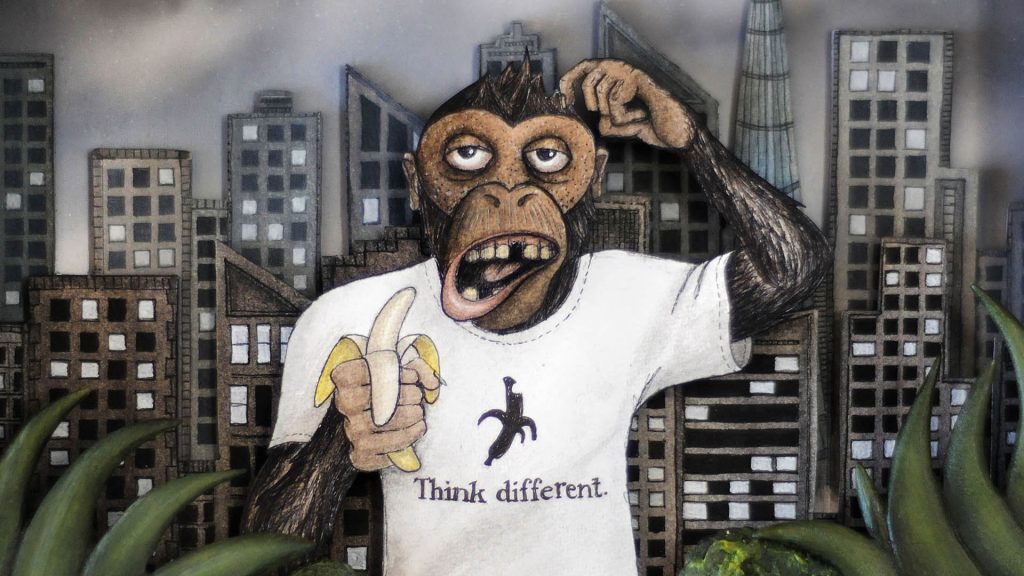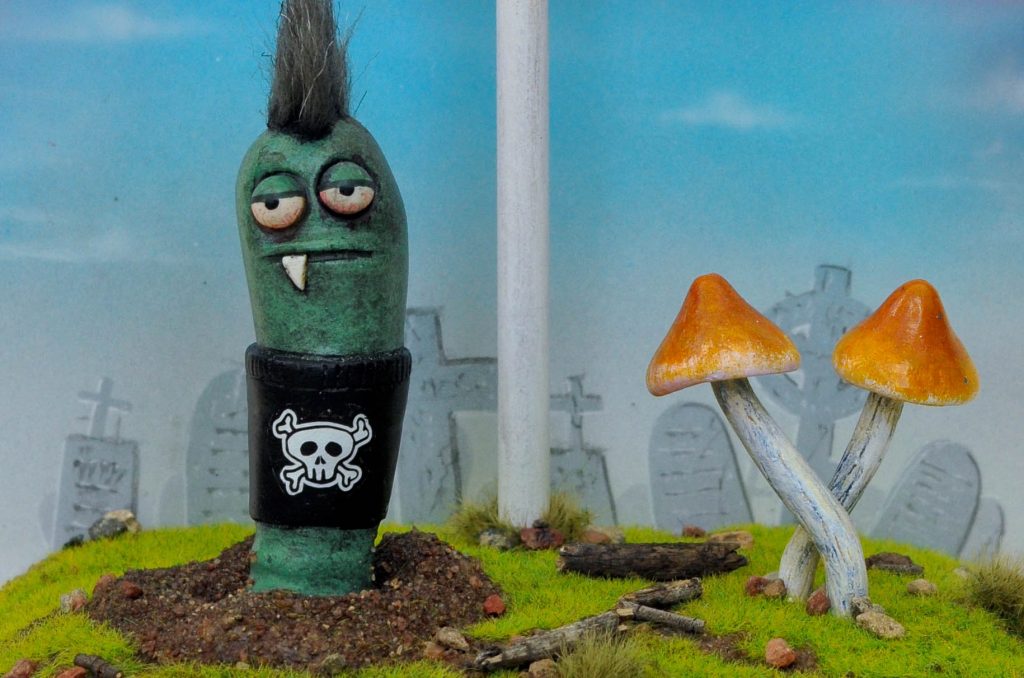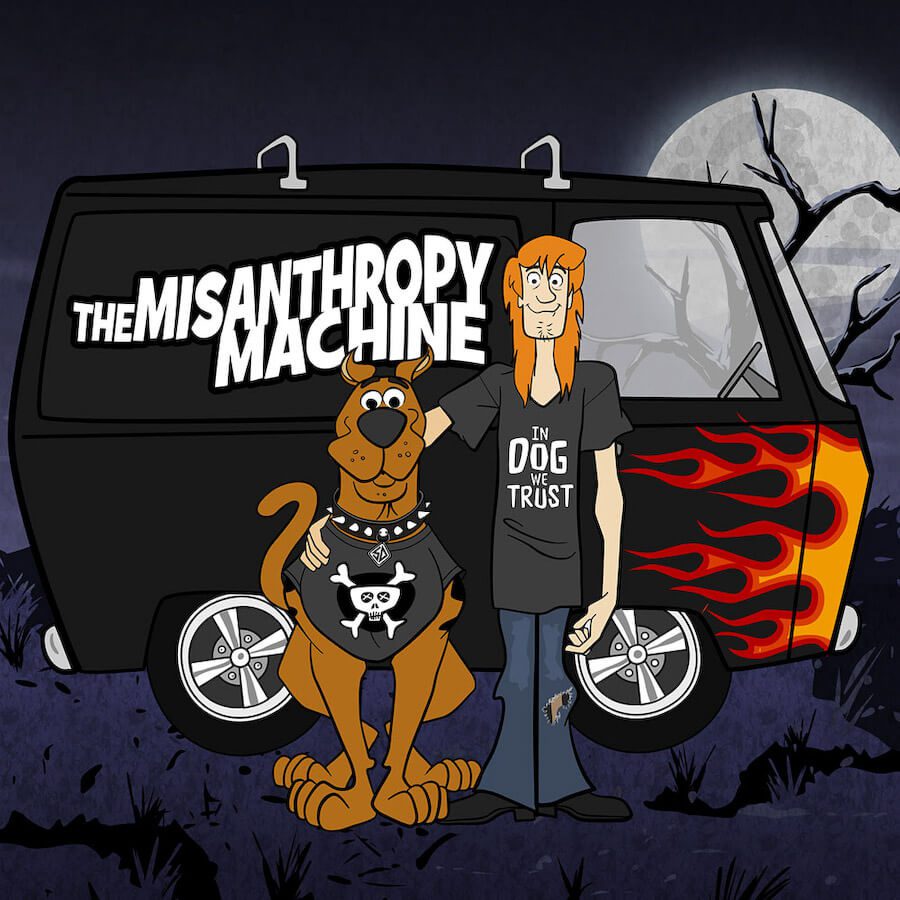
Dig, if you will, a picture: Shaggy and Scooby standing in front of a blacked-out, flame-painted, hotted-up van – something with real attitude.
It’s not just a cool aesthetic choice – it’s a reflection of what happens when trust wears thin. When the world feels like a rigged game of deception, it’s easy to spiral into misanthropy, to check out, to believe everyone’s wearing a mask (because, let’s be honest, a lot of them are). But what do you do when you don’t actually want to hate people? That’s where sarcasm, art, and irony come to the rescue. Instead of letting bitterness take over, you turn it into something creative, something ridiculous – something like a hotted-up black van called The Misanthropy Machine. A joke, but also not a joke. A way to say, Yeah, trust is hard, but we’re still here, figuring it out together.
And that’s the magic of Scooby and Shaggy. Even in a world full of deceit and lies, they may struggle within that world but they found their purpose working together to contribute in making the world a better place. The two never lose faith in each other. When trust in the wider world crumbles, sometimes all you’ve got are the ones who truly have your back.



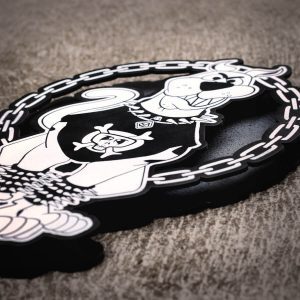
Scooby-Doo and Shaggy weren’t just some goofy dog and his snack-obsessed best mate – they were a duo that showed us something real about life. Their friendship was solid – no conditions, no judgment. They were scared shitless most of the time, but that never stopped them from showing up. Every episode, they’d freak out, run away, and somehow still manage to help crack the case and get the job done. They were always an integral part of the Mystery Inc. team.
Unlike all those “just be positive” philosophies, Scooby and Shaggy knew fear was real. They didn’t pretend it wasn’t there. They were terrified, but they still stuck around. They showed us that being afraid doesn’t mean you can’t move forward. And that’s what made them awesome.
But here’s the thing – every episode, the monster wasn’t actually some ghost or demon. It was always a person. Someone hiding behind a mask, trying to control, deceive, or manipulate. It’s the same stuff we deal with in the real world.
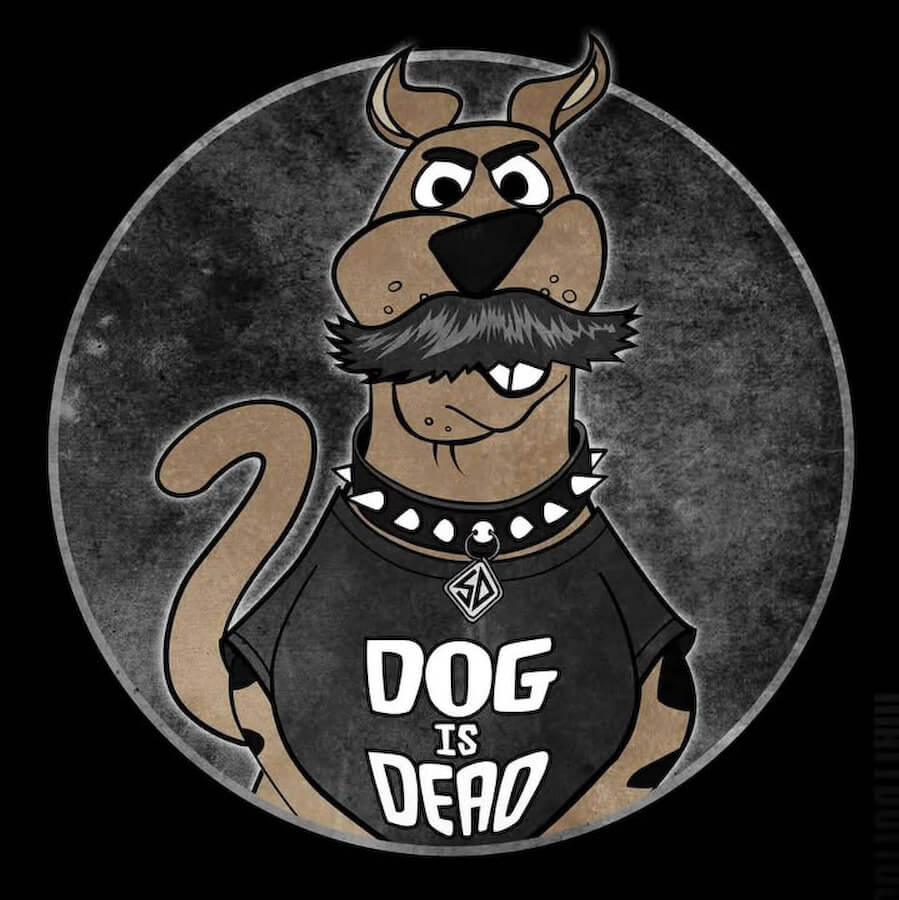
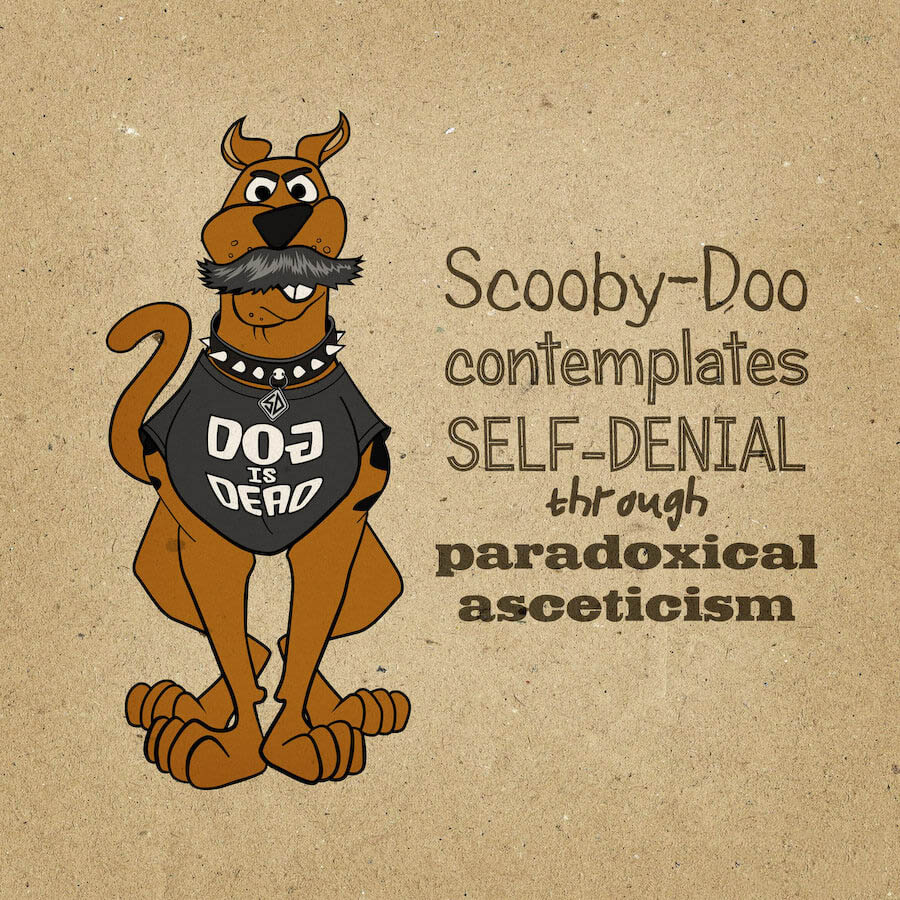
“Dog is Dead” – The Search for Self
Imagine Scooby as an angry metalhead, standing on stage, growling into a mic as his Nietzschean moustache flaps back and forth: “Dog is Dead.” Yeah, it’s a play on a Nietzsche quote, but instead of challenging religious morality, it’s Scooby challenging his own identity. I guess constantly dealing with masked villains, it’s inevitable that one might start questioning their own.
What would it mean for Scooby to reject his own dog-ness? In a way, it’s a paradoxical form of self-denial – a philosophical crisis wrapped in cartoon absurdity. Maybe to find true authenticity, Scooby has to let go of the labels bestowed upon him and figure out what he actually stands for.
Or maybe it’s just a great excuse to have some fun and put Scooby in a rebellious phase. Sometimes the quest for understanding or deeper truths can send you into a spiraling endless loop. And sometimes, you just gotta let things be and enjoy the ride.
Either way, the irony remains: no matter how much Scooby questions his identity, his loyalty never wavers. He is, in every sense, still Scooby. And maybe that’s the ultimate truth – who we are isn’t about the titles or roles we’re assigned, but about the trust, connections, and choices we make along the way. It’s our actions that define who we are.
So yeah, it’s just a cartoon. But when you really look at it, Scooby-Doo is a weirdly solid guide to navigating an absurd world. Stay loyal, question everything, laugh through the fear, and never let the masks fool you.
